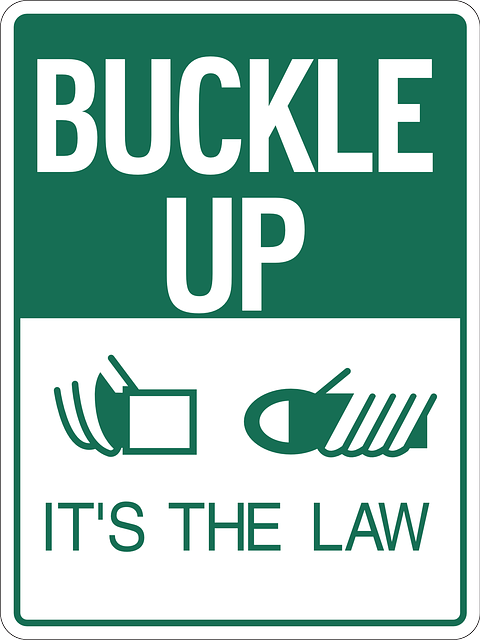The medical malpractice claim landscape is evolving rapidly with technological advancements and changing societal expectations, particularly by 2025. Complex procedures, informed consent concerns, and elder abuse awareness drive claims related to diagnosis, treatment planning, and nursing home care. Personal injury attorneys specialize in navigating these intricate cases, advocating for patient justice. These claims promote accountability, driving continuous improvement in patient safety practices through robust claim management. By analyzing historical cases, healthcare providers identify areas for enhancement, leading to better protocols and standards, ultimately improving patient outcomes and fostering a culture of accountability across the sector.
In 2025, despite advancements in healthcare technology, medical malpractice claims remain a vital indicator of patient safety and accountability. This article explores the evolution of these claims, highlighting their ongoing role in driving patient safety improvements and healthcare system enhancements. We examine how past claims have shaped modern medicine while adapting to new challenges. By understanding these dynamics, we can ensure that medical malpractice remains a powerful tool for holding institutions accountable and fostering better patient outcomes.
- Evolution of Medical Malpractice Claims: Adapting to New Challenges
- Patient Safety and Accountability: The Ongoing Role of Lawsuits
- Impact on Healthcare Improvement: Lessons Learned from Past Claims
Evolution of Medical Malpractice Claims: Adapting to New Challenges

The landscape of medical malpractice claims has evolved significantly over the years, reflecting advancements in healthcare technology and shifting societal expectations. While modern medical practices have undoubtedly improved patient outcomes, new challenges emerge that require careful consideration within the realm of malpractice litigation. As we step into 2025, several factors continue to shape the importance and relevance of these claims.
One notable evolution is the increasing complexity of medical procedures and treatments, which often involves a myriad of specialists and advanced technologies. This intricate web raises questions about informed consent, communication between healthcare providers, and potential errors in diagnosis or treatment planning. Additionally, with growing awareness of elder abuse and vulnerable patient populations, medical malpractice claims related to neglect or mistreatment in nursing homes and long-term care facilities remain pertinent. A personal injury attorney plays a crucial role in navigating these complex scenarios, ensuring that patients and their families receive justice for any negligence that causes personal harm or commercial disputes within healthcare institutions.
Patient Safety and Accountability: The Ongoing Role of Lawsuits

Patient safety is a paramount concern in healthcare, and while significant strides have been made to improve medical practices, errors still occur. Medical malpractice lawsuits play a crucial role in holding healthcare providers accountable for their actions. These legal actions serve as a critical mechanism to ensure that doctors, hospitals, and other medical facilities adhere to the highest standards of care. When patients suffer injuries due to negligence, they have the right to seek justice and accident compensation through medical malpractice claims.
An accident lawyer specializing in personal injury claims can guide patients through this complex process. These legal professionals help victims understand their rights, navigate the intricate insurance policies, and fight for fair accident compensation. By pursuing medical malpractice claims, individuals not only gain financial support for their recovery but also contribute to a culture of accountability within the healthcare industry, ultimately leading to improved patient safety in 2025 and beyond.
Impact on Healthcare Improvement: Lessons Learned from Past Claims

The study and resolution of medical malpractice claims play a pivotal role in shaping the future of healthcare. By examining past instances, we can glean valuable insights that drive improvements in medical practices and patient safety. Each successful claim serves as a lesson, prompting healthcare providers to reassess their protocols and implement stricter standards. This continuous learning process is essential to identifying and mitigating risks, ensuring better outcomes for patients.
For instance, historical medical malpractice cases have shed light on issues ranging from misdiagnosis to surgical errors, leading to significant changes in medical education and training. These incidents have also highlighted the importance of clear communication between healthcare professionals and patients, as well as the necessity of up-to-date equipment and technology. The impact extends beyond individual cases; it fosters a culture of accountability and vigilance throughout the healthcare sector, making it safer for everyone involved, even those affected by unrelated events like truck accident injuries or defective products.
Medical malpractice claims, though evolving, remain crucial in 2025 for driving patient safety and healthcare improvement. As the healthcare landscape navigates new challenges, these claims continue to serve as a testament to the importance of accountability. By learning from past claims, healthcare providers can enhance their practices, ensuring better outcomes for patients. Despite alternative dispute resolution methods gaining traction, legal action remains a vital tool for addressing medical errors and fostering a culture of continuous improvement within the industry.






